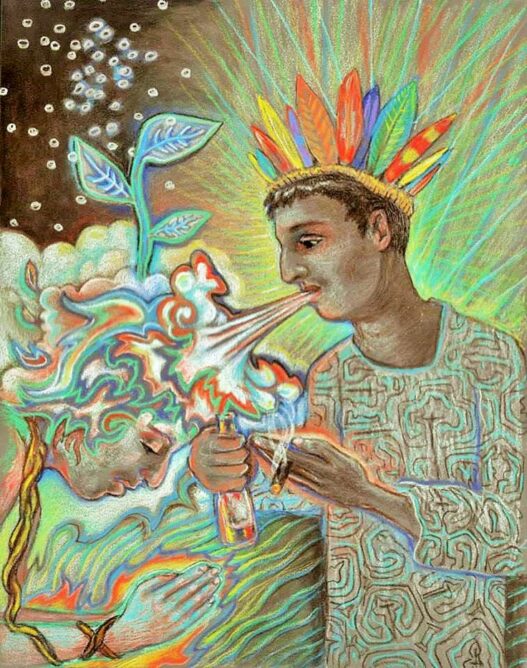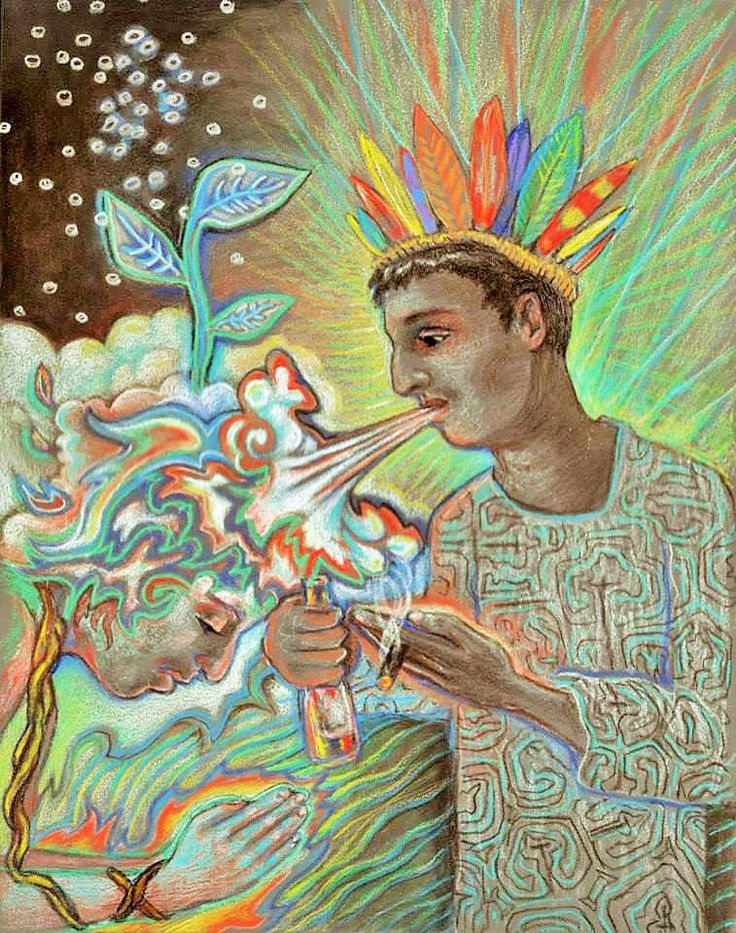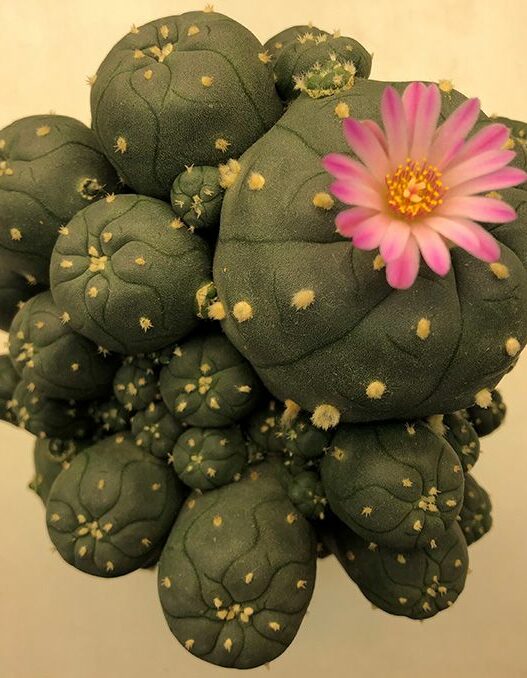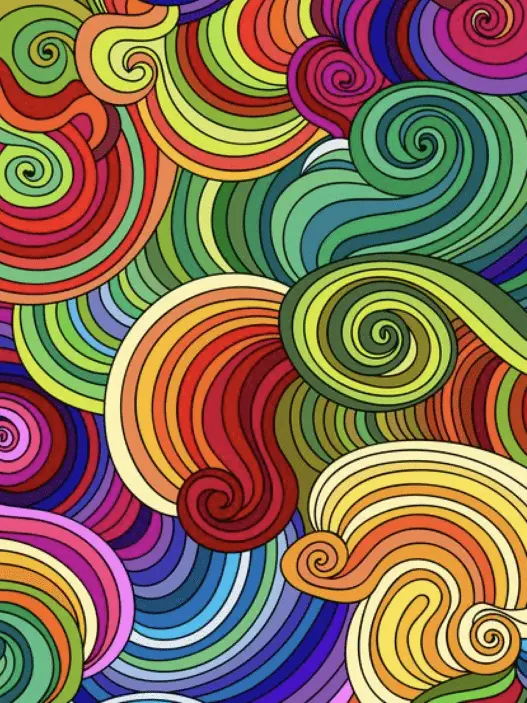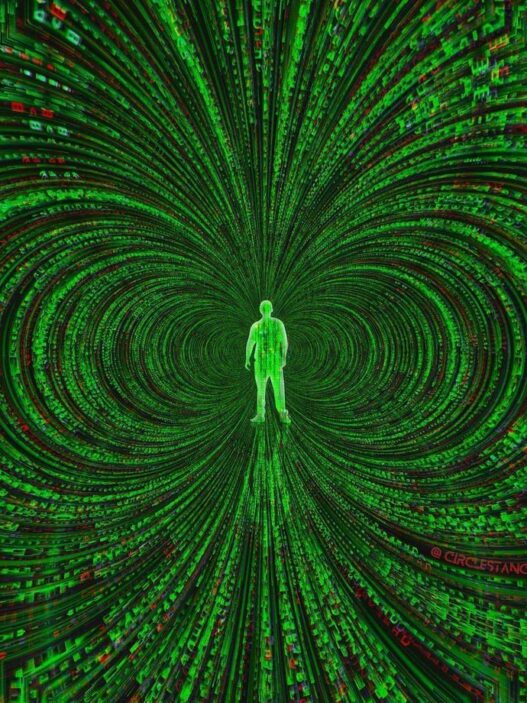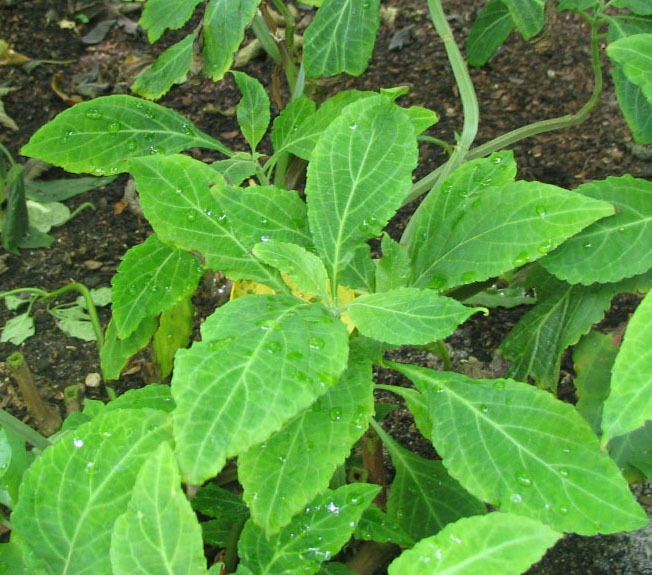
Imagine closing your eyes and instantly stepping into a world where time bends, identities shift, and reality dissolves like a dream.
This is the experience many report after using Salvia divinorum, a powerful and mysterious psychedelic plant. Unlike LSD or psilocybin, salvia doesn’t just alter reality—it transports you to a state that feels like lucid dreaming or an out-of-body experience.
How does this work? Let’s dive into the neuroscience behind salvia and its connection to the dreaming state.
1. What Makes Salvia Different? The Kappa Opioid Connection
Unlike most psychedelics that act on serotonin (5-HT2A) receptors, salvinorin A, the active compound in salvia, targets kappa opioid receptors (KORs) (Roth et al., 2002).
🔹 KOR activation disrupts normal sensory processing, creating dream-like, dissociative states
🔹 Unlike serotonin-based psychedelics, salvia doesn’t enhance emotions—it disconnects the self from reality
🔹 Effects peak within 5 minutes and last 5-20 minutes, unlike LSD or psilocybin, which last hours
💡 Analogy: If LSD is like opening your mind to creativity, salvia is like being dropped into a vivid, unpredictable dream where the laws of physics no longer apply.
2. Salvia and the Dreaming Brain: A Neurological Overlap
Researchers suggest salvia mimics aspects of REM sleep, the stage of sleep responsible for vivid dreaming (Domhoff, 2011).
How does salvia mimic the dream state?
- Dissociation from the body – Similar to sleep paralysis, where the brain blocks physical movement during REM sleep
- Fragmented, nonlinear narratives – Just like in dreams, salvia trips often lack logic and jump between unrelated scenes
- Intense visual and auditory distortions – Many users report experiences resembling hypnagogic hallucinations (the imagery before falling asleep)
🔹 Salvia suppresses activity in the default mode network (DMN), the brain system responsible for ego and self-awareness (Carhart-Harris et al., 2012)
🔹 This loosens the boundaries of the self, leading to ego dissolution and dream-like identity shifts
💡 Analogy: Salvia hijacks the brain’s natural dreaming process while you’re awake, creating a waking dream that feels hyper-real yet completely alien.
3. Out-of-Body Experiences: A Salvia Phenomenon
One of the most reported effects of salvia is a sense of being pulled out of the body.
🔹 This aligns with research on dissociative states, which occur when the brain temporarily disconnects from sensory input (Metzinger, 2003)
🔹 Some users describe floating, merging with objects, or watching themselves from outside their body
💡 Analogy: Salvia is like stepping into a third-person video game, where you see yourself from an outsider’s perspective, or sometimes lose your identity altogether.
4. Salvia and Time Perception: The Reality Warp
Time distortion is another key feature of the salvia experience.
🔹 Studies show kappa opioid receptor activation alters temporal processing, creating a feeling of time loops, time dilation, or complete time loss (Baker et al., 2016)
🔹 Many users report experiencing entire lifetimes within minutes, similar to deep dreaming or near-death experiences
💡 Analogy: Imagine pressing fast-forward, rewind, and pause on reality—all at the same time. That’s how salvia can make five minutes feel like eternity.
5. Can Salvia Be a Tool for Lucid Dreaming?
Because salvia produces dream-like consciousness while awake, some researchers believe it could help explore lucid dreaming and altered states of awareness.
🔹 Some psychonauts experiment with small doses to induce hypnagogic states, where they can enter dreams more easily
🔹 Others report increased dream recall and vividness after using salvia, suggesting it may prime the brain for dream exploration
💡 Analogy: Using salvia before sleep is like tuning a radio to the right frequency, making it easier to slip into conscious dreaming.
Final Thought: Salvia as a Dream Portal?
Salvia divinorum is unlike any other psychedelic—it blurs the line between waking life and the dream world. While research is still limited, its effects on perception, time, and identity suggest it may be a powerful tool for exploring the boundaries of consciousness.











